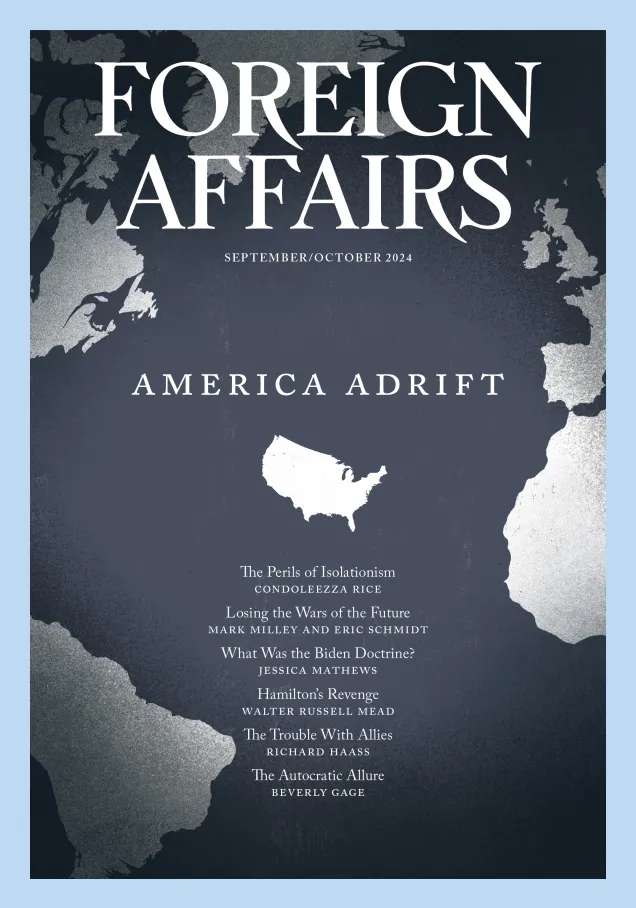
作者/Author(s): Seth G. Jones
網站來源/Source: Foreign Affairs
日期/Date: 10/02/2024
關鍵字/Keywords: 軍事、國防、中國
摘要:
中國的軍事建設擴張已經威脅到美國及其印太夥伴。根據解放軍建設的方向,中國可能正準備與美國開戰。雖然這個威脅顯而易見,但美國還沒動員國防產業,共同應對中國的挑戰。
- 美國沒有足夠的彈藥和裝備,無法在印太地區與中國打持久戰。一旦戰爭爆發,美國在協助印太盟友時將面臨後勤調度的挑戰。
- 美國的國防製造基地缺乏靈活性和能力,無法彌補其缺陷。
- 美國目前仍維持承平時期的生產能量,導致武器交付期程不斷延後。
- 美國的國防供應鏈非常脆弱。國內生產商生產的零件有限,且速度非常緩慢。中國在部分國防工業材料擁有主導地位,甚至能夠切斷美國的供應鏈。
- 美國沒有足夠的技術工人來滿足國防製造需求。
- 不過中國的國防工業基礎也存在缺陷,例如國內競爭激烈,腐敗問題嚴重。中國也很難獲取某些先進平台需要的高階零件。然而,這還是無法阻止中國在某些領域超越美國。
- 美國必須瞭解問題的迫切性和規模,盡量減少缺陷。
- 美國可以成立一個新的機構,加快國防採購,促進部門間的協調,並發掘與私營部門的潛在合作機會。
- 美國應該簡化國防合約程序,並提供財政激勵措施,吸引技術工人到國防公司工作。
Summary:
China's military buildup threatens the US and its Indo-Pacific partners. Based on the PLA's capabilities, China may be preparing for a war with the US. Despite the evident threat, the US has not mobilized its defense industry to catch up with China.
- The US does not have enough ammunition and equipment to fight a prolonged war against China in the Indo-Pacific. Further, the US faces logistical challenges when assisting its Indo-Pacific allies if a war breaks out.
- The US defense manufacturing base does not have the flexibility and capacity to reduce its shortcomings.
- The US still maintains a peacetime production capacity, slowing weapons delivery.
- The US defense supply chain is fragile. Domestic producers produce limited parts and slow. Further, China dominates some materials critical for the defense industry, enabling it to cut the US off the supply chain.
- The US does not have enough skilled workers to meet the demands of defense manufacturing.
- Despite that, China's defense industrial base has its flaws. Domestic competition is intense and corruption is widespread. China also has trouble securing high-end parts for its advanced platforms. However, it does stop China from overwhelming the US in some areas.
- The US must reduce its deficiencies by understanding the urgency and scale of the problems.
- The US could set up a new agency to accelerate defense procurement, promote inter-department coordination, and identify potential partnerships with the private sector.
- The US should streamline its defense contracting procedures and provide financial incentives to attract skilled workers to defense companies.
